Kiliii Yüyan
(b. 1979, Maryland. Lives in Seattle; works across circumpolar Arctic)

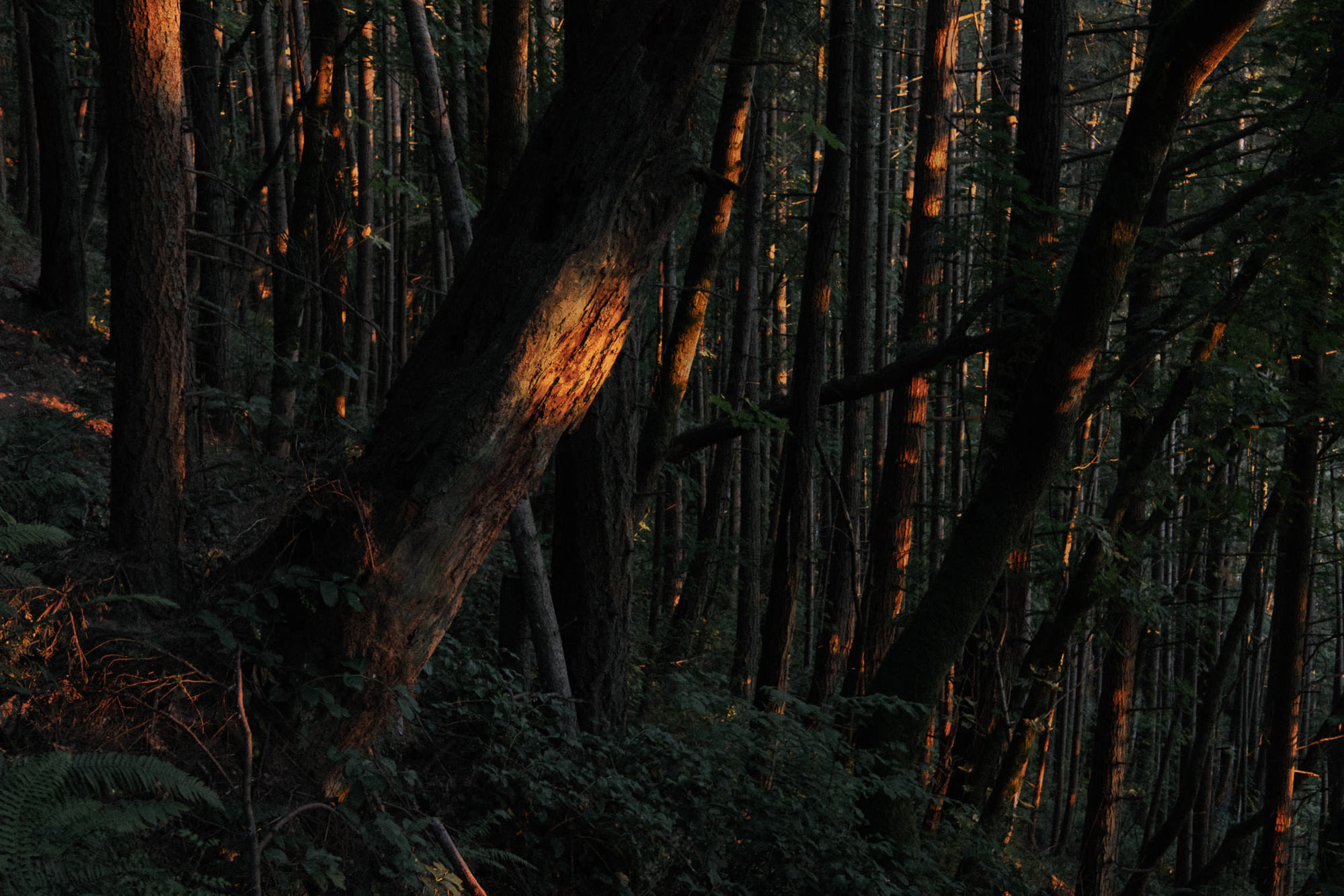

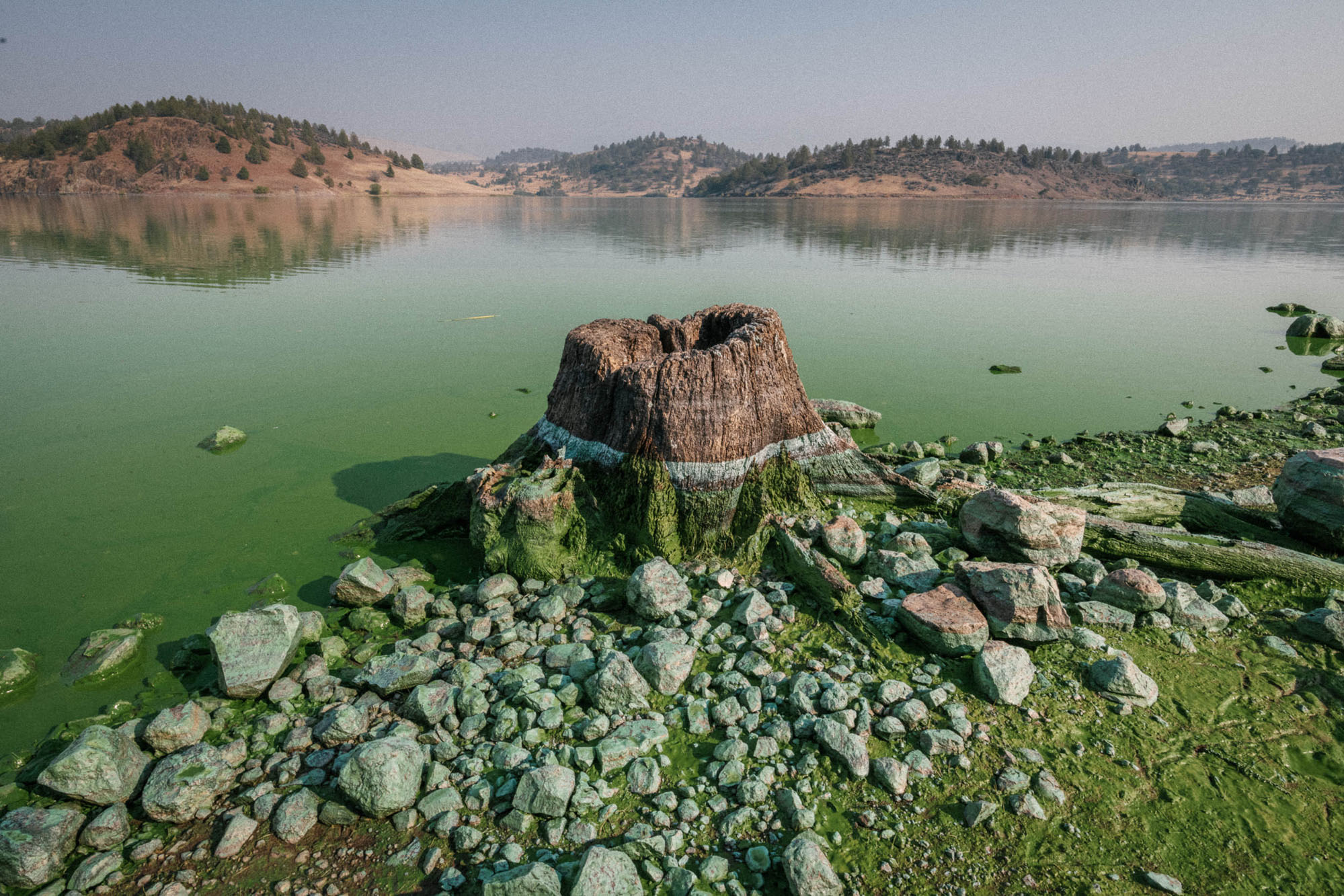



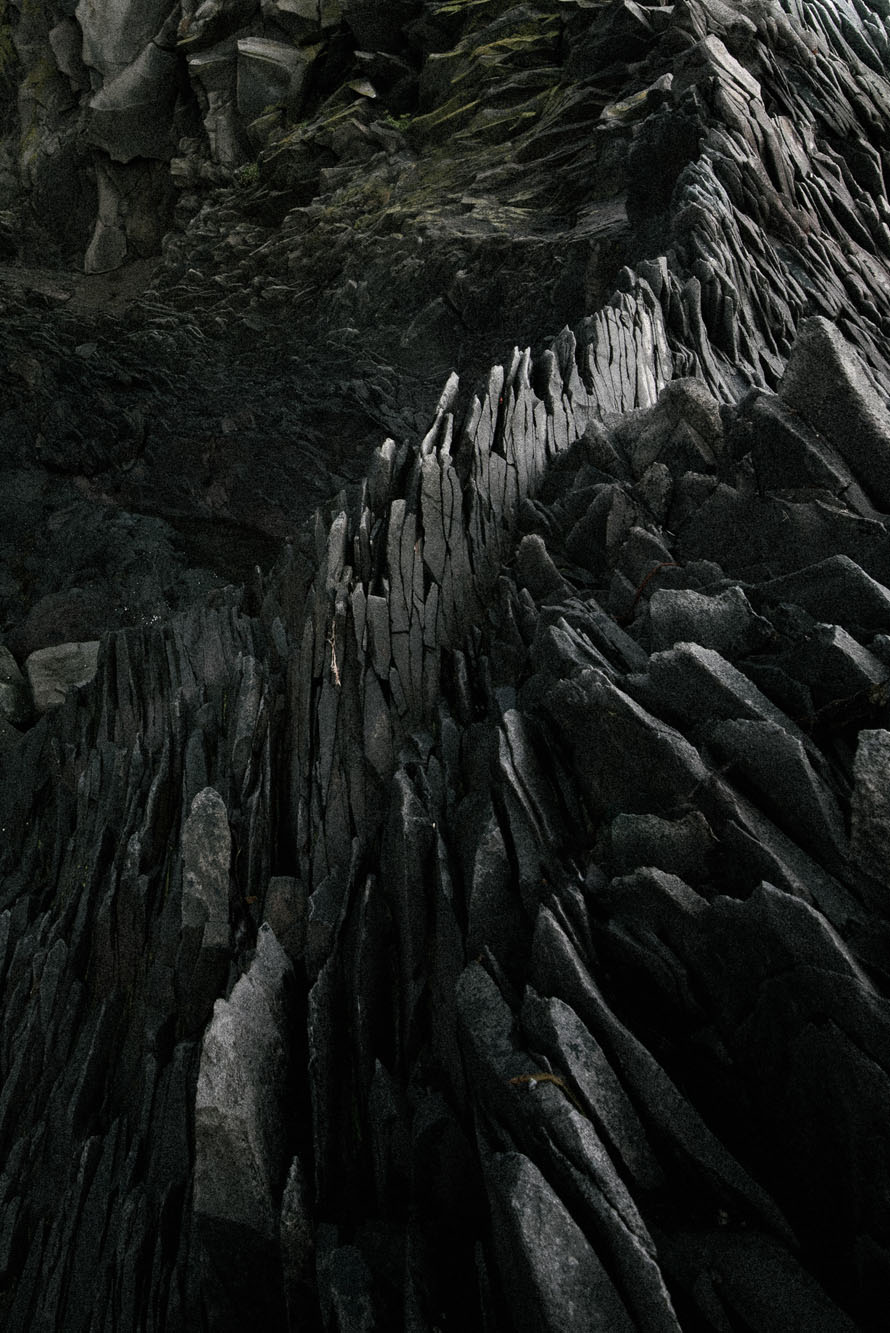
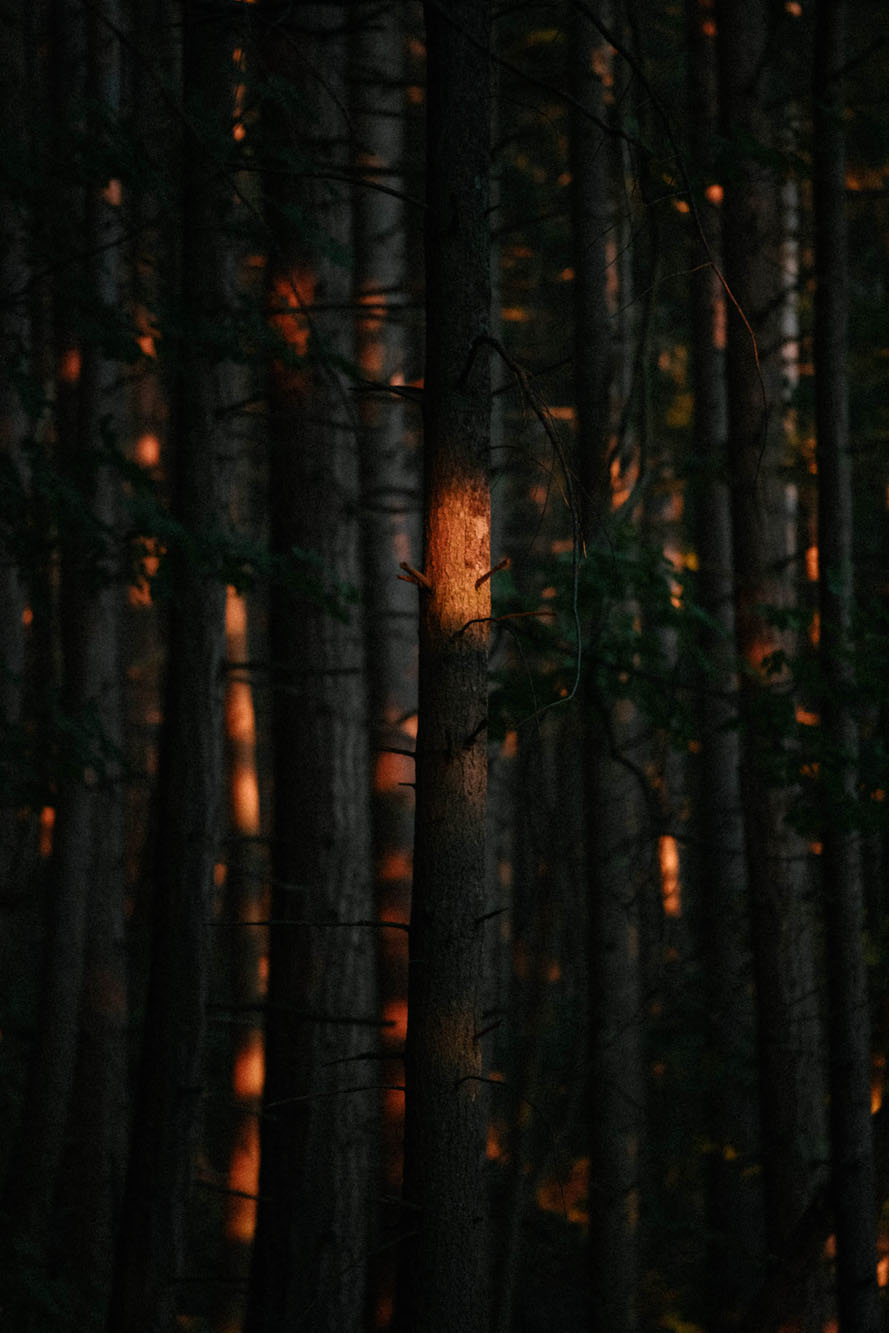
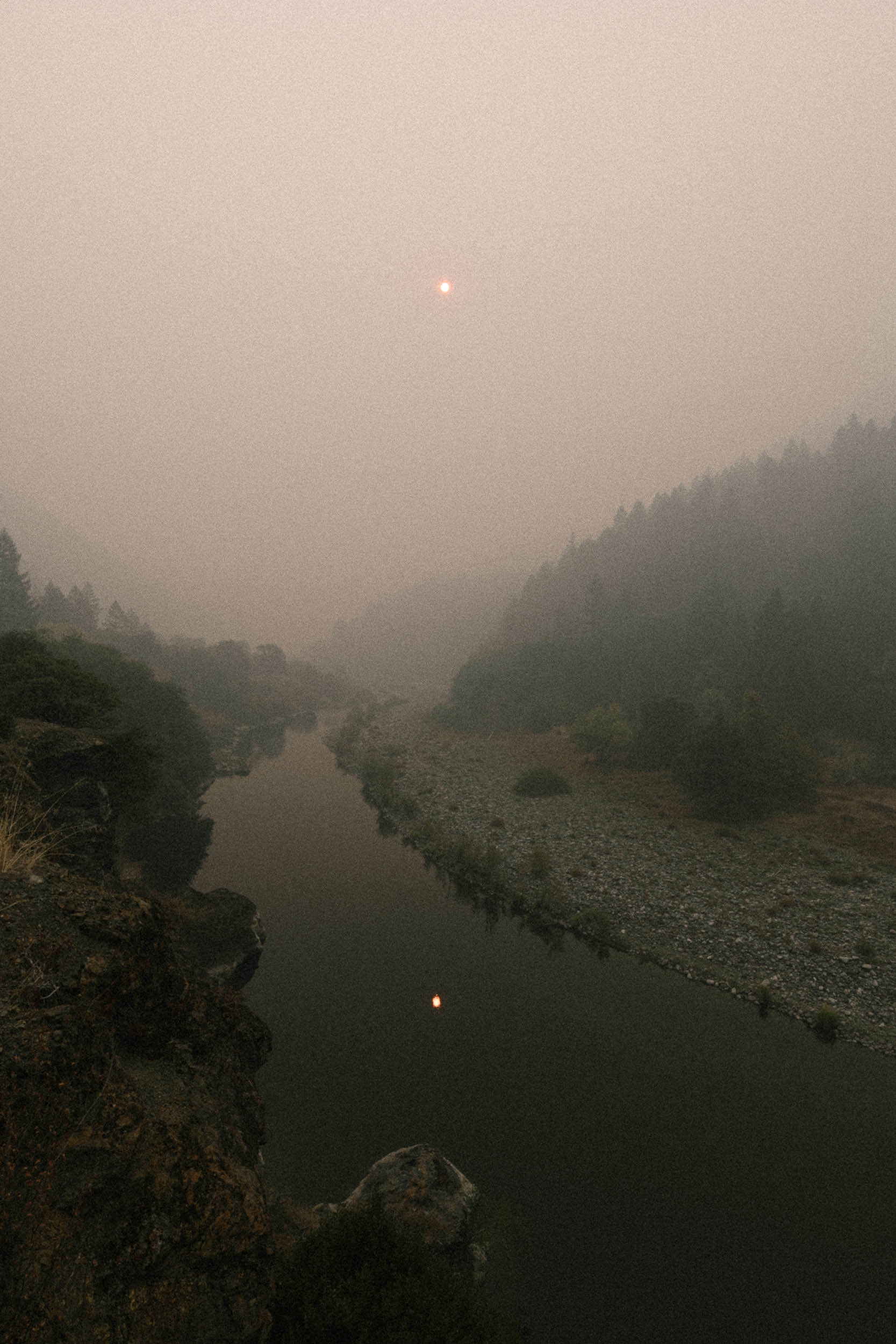
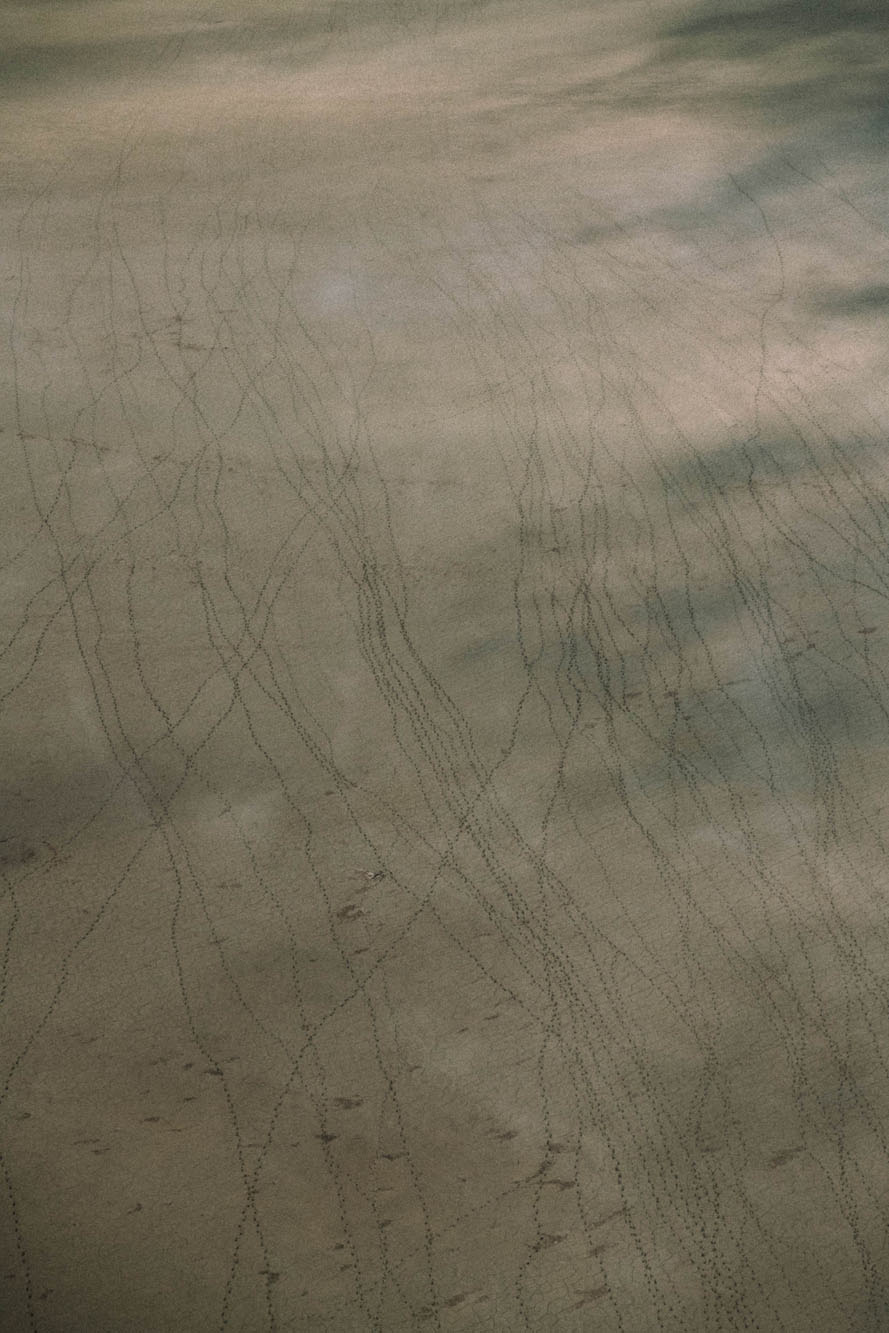


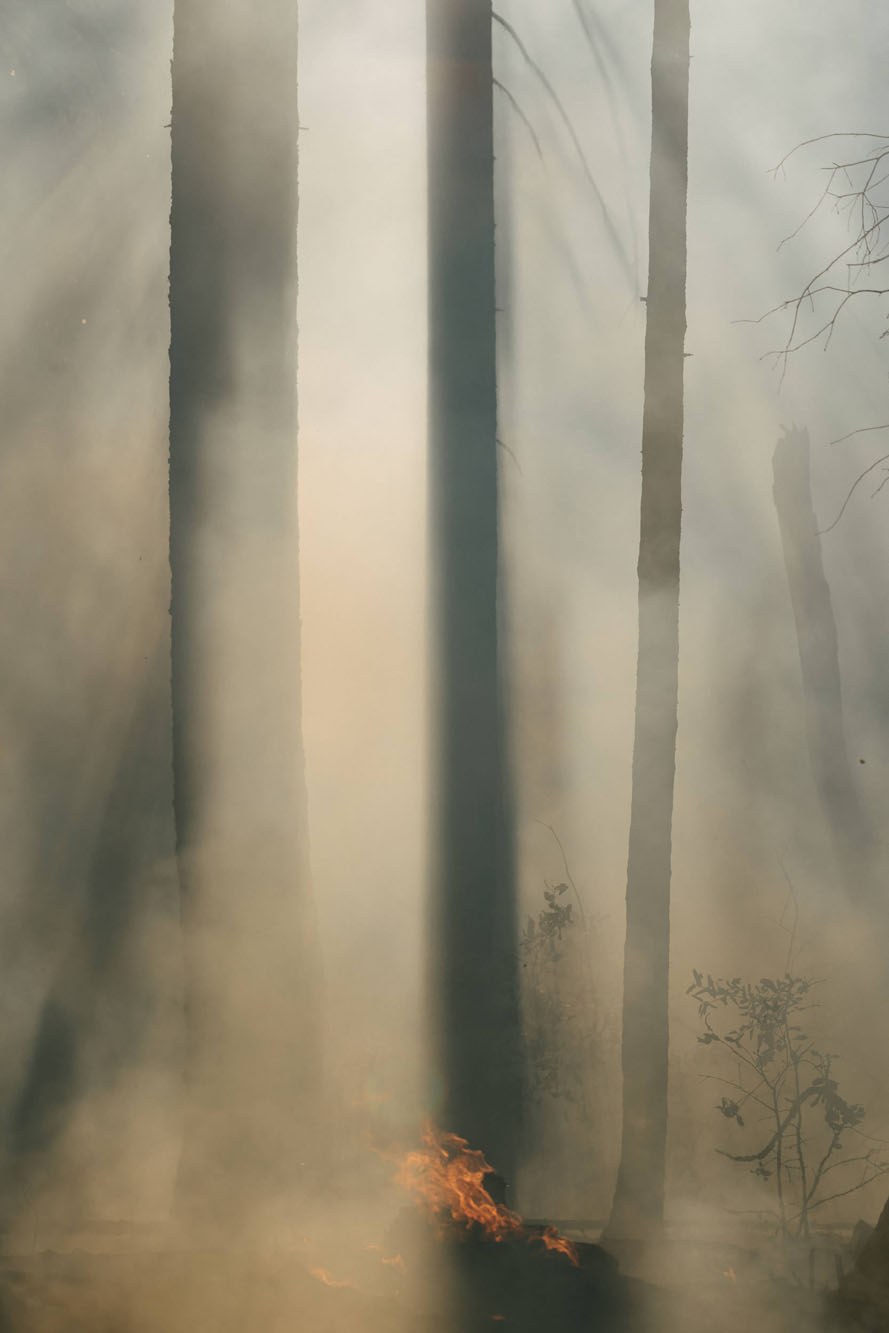
Photographs from the in-progress project Thin Places
In 2020, states photographer Kiliii Yüyan, the natural world rose up to assert itself. The planet witnessed massive wildfires, political unrest buoyed by the loss of resource-extraction jobs, and, of course, the viral pandemic that swept out of the urban-wildland interface in China. Over the din, however, the spirits have been speaking. Yüyan has always heard them the clearest in wild places, but this year they have been speaking in Covid-quieted cities as well.
Yüyan writes: “There are some nights that will always live in memory; burning, glowing and blinking. It’s the embrace of the fireflies. In the 360˚ space around my body float a thousand miniature green-yellow lanterns, blazing long enough to be seen, but gone so quick to escape my cupped hands.
It’s deeply embedded in me to see the fireflies as spirit beings here. The most famous of my Nanai (Siberian Native) ancestors, Dersu Usala, referred to the wild creatures as ‘men in other shirts’. My Chinese forebears also meditated on the spirits in the land, through the wisdom of the Tao Te Ching. For animistic peoples, the world is inhabited by spirits, which only reveal themselves in particular circumstances.
I suppose that’s why, even as I walk through a world largely shaped by religion or science, I pause when I come across a thin place. I can’t help but feel it, to be confused by it, to be transformed – ever so subtly– by it. It’s sometimes full of grandeur and other times mundane. Encountering a thin place can be unpredictable, as when I’m walking across the tundra and the aurora borealis flares overhead. Many northern communities speak of communing with their ancestors in the northern lights.
The thin places are waypoints in my personal songline. I seek them out because they guide my way home, help me understand where I come from. I may be separated from my ancestral communities by history and hostile borders, but sometimes my ancestors are right there in front of me, blazing in the night.”